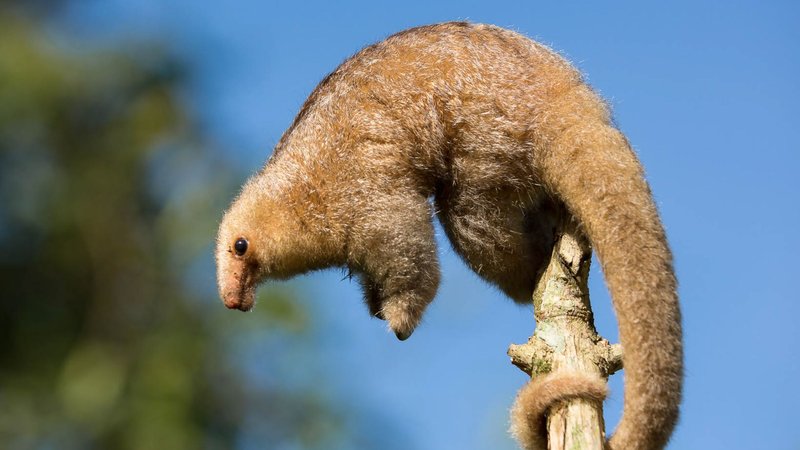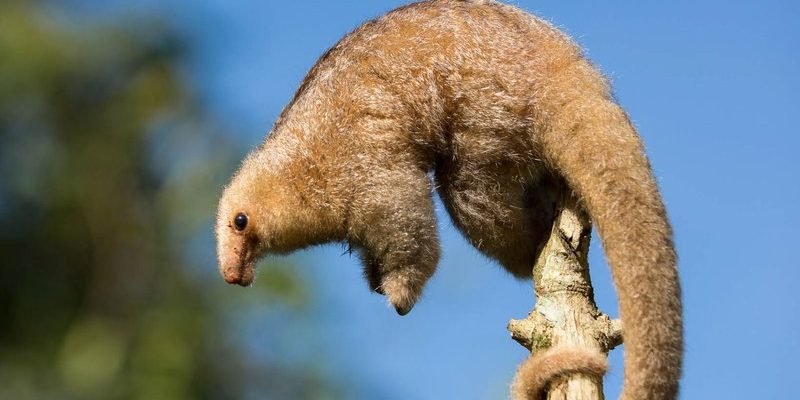
Like a puzzle piece in the grand picture of wildlife, the anteater fits into numerous narratives across the globe. Its distinctive characteristics—like its long tongue and powerful claws—have inspired a range of stories that highlight not just its physical attributes but also the lessons it imparts. Let’s dive deeper into how this remarkable creature is portrayed in various cultural contexts.
Anteaters in Native American Folklore
Native American cultures often highlight the anteater as a symbol of determination and resourcefulness. Many tribes regard it as a creature that embodies survival skills, reflecting their connection to nature and the environment. For instance, in some stories from the Amazon basin, the anteater is seen as a protector of the forest, keeping the balance between species by controlling the ant population.
These tales frequently emphasize the anteater’s incredible ability to hunt ants, showcasing its dedication and patience. The imagery of a relentless anteater, tirelessly digging into ant hills, resonates deeply with themes of hard work and perseverance that are prevalent throughout many Native American myths. These stories serve not only as entertainment but as moral lessons for younger generations, teaching values that are fundamental to their culture.
Anteater Symbolism in South American Cultures
In South America, the anteater has a rich cultural significance that varies between different communities. For example, the indigenous peoples of Brazil often view the anteater as a spirit animal. They believe that its unique attributes, like its exceptional sense of smell and ability to reach deep into ant colonies, symbolize a quest for knowledge and understanding.
You might also find the anteater depicted in local art and crafts. Colorful representations can be seen in textiles and pottery, where the anteater embodies traits of cleverness and adaptability. This artistic inspiration not only celebrates the anteater’s physical form but also the deeper qualities that the animal represents in cultural folklore—qualities that many people strive for in their lives.
The Anteater in Modern Media
In contemporary culture, the anteater makes appearances in various forms of media, from children’s books to animated shows. A great example is the character of “Arthur,” where an anteater is portrayed as quirky and lovable. This depiction helps to cement the anteater’s place in the hearts of young audiences.
These modern representations often serve to educate children about the animal’s unique lifestyle while promoting conservation efforts. This is essential because, as habitats are lost, many creatures, including anteaters, face threats. By integrating these animals into popular media, society raises awareness and fosters a sense of responsibility for wildlife protection.
Global Views on the Anteater
Interestingly, the anteater isn’t just recognized in South American cultures. Across various continents, it’s often viewed through different lenses. For instance, in Asian cultures, some see the anteater as a symbol of hard work and diligence, attributes that are highly valued in many societies.
In these contexts, the anteater’s long snout and burrowing habits become a metaphor for digging deeper and uncovering hidden treasures in life. This perspective shows how the anteater resonates universally, transcending borders and cultures, and illustrating how animals can embody human values and traits.
Learning from Anteater Folklore
So why does the folklore surrounding the anteater matter? For one, it provides insights into how various cultures interact with the natural world. Stories about the anteater often mirror the struggles and triumphs of human life. By examining these narratives, we can learn about the values that different societies prioritize, such as resilience, intelligence, and ecological balance.
Moreover, these tales can inspire a sense of wonder and curiosity about wildlife. They remind us that every creature, no matter how small or unusual, has a place in the grand scheme of life. Understanding the anteater’s role in folklore encourages us to appreciate and protect these unique animals, ensuring that their stories continue for generations to come.
The Anteater as a Conservation Symbol
As we’ve seen, the anteater holds various meanings across cultures, but it also stands as a crucial symbol in conservation discussions. With habitat loss and climate change threatening their existence, the anteater’s representation in folklore can be leveraged to raise awareness about environmental issues.
By sharing stories, art, and educational materials focused on the anteater, communities can inspire action. For instance, environmental organizations often use the anteater as a mascot to promote conservation initiatives, emphasizing the need to protect their habitats. This blend of culture and conservation can help build a more sustainable future.
The anteater is much more than a peculiar animal; it’s a powerful symbol woven into the fabric of cultural narratives worldwide. From Native American tales to modern media representations, its story reflects broader themes that resonate with human experiences. Whether it’s showcasing determination in the face of adversity or serving as a call to protect our natural world, the anteater leaves a lasting impression.
So, next time you think about the anteater, consider the rich tapestry of stories it’s a part of. These narratives not only celebrate its uniqueness but also remind us of our responsibilities to the planet. As we celebrate the anteater in art and folklore, let’s also pledge to ensure that its story continues, both in nature and in our culture.

